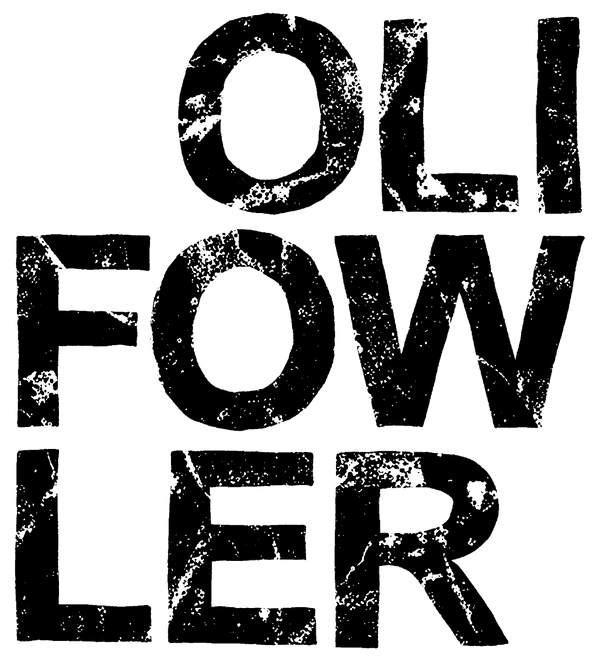
The Digital Darling vs. The Analogue Original
First up, you've got your Giclée prints. That’s a fancy word for a very, very good inkjet print. Think of a hugely sophisticated version of your home printer, using archival, light-fast inks on beautiful paper. It's an incredible technology for creating a reproduction. If you have a watercolour painting, a Giclée print is the best way to make a near-perfect copy of it. The key word there is *copy*.
A screen print is a different beast altogether. It's not a reproduction of another artwork. The print *is* the final, original piece of art. The process of separating colours, creating stencils on screens, and physically pulling ink across paper is the medium itself. There is no 'original' painting somewhere else that it's trying to imitate. The collection of prints in the edition *is* the art.
You Can Feel the Difference. Literally.
This is the bit I love. A Giclée print is ink sprayed onto paper, absorbing into the fibres. It’s flat. It can look stunning, no doubt, but it’s an image.
A screen print has a physical presence. Because you're pushing a layer of ink through a mesh, that ink sits right on the surface of the paper. Run your fingers gently over one of my prints and you can actually feel the layers. You can feel where one block of colour ends and another begins. It has texture, a depth that comes from a physical, almost sculptural, process.
Every single print from an edition has passed through my hands, under my squeegee. There are tiny, almost imperceptible variations in each one. It’s not a flaw; it's the ghost of the human touch. It's the proof that it wasn't just spat out by a machine following a command. It’s been made.
Why It Matters When You're Buying Art
At the end of the day, it's about what you're connecting with. Are you connecting with a flawless image, or are you connecting with a handmade object?
There's nothing wrong with a Giclée – it’s a brilliant way to make art accessible. But when you buy a limited edition screen print from Oli Fowler Art, you're buying a piece that has a direct, physical lineage back to the artist's studio. I mixed that ink. I pulled that squeegee. The piece you own is not a copy of the art; it *is* a piece of the art, part of a finite, hand-crafted family.
So next time you see the word 'print', have a closer look. Ask how it was made. You might find there’s a whole lot more soul in it than you first thought.
There's a real character to a hand-pulled print that a machine just can't replicate. Have a browse through the store and see if you can see what I mean.
